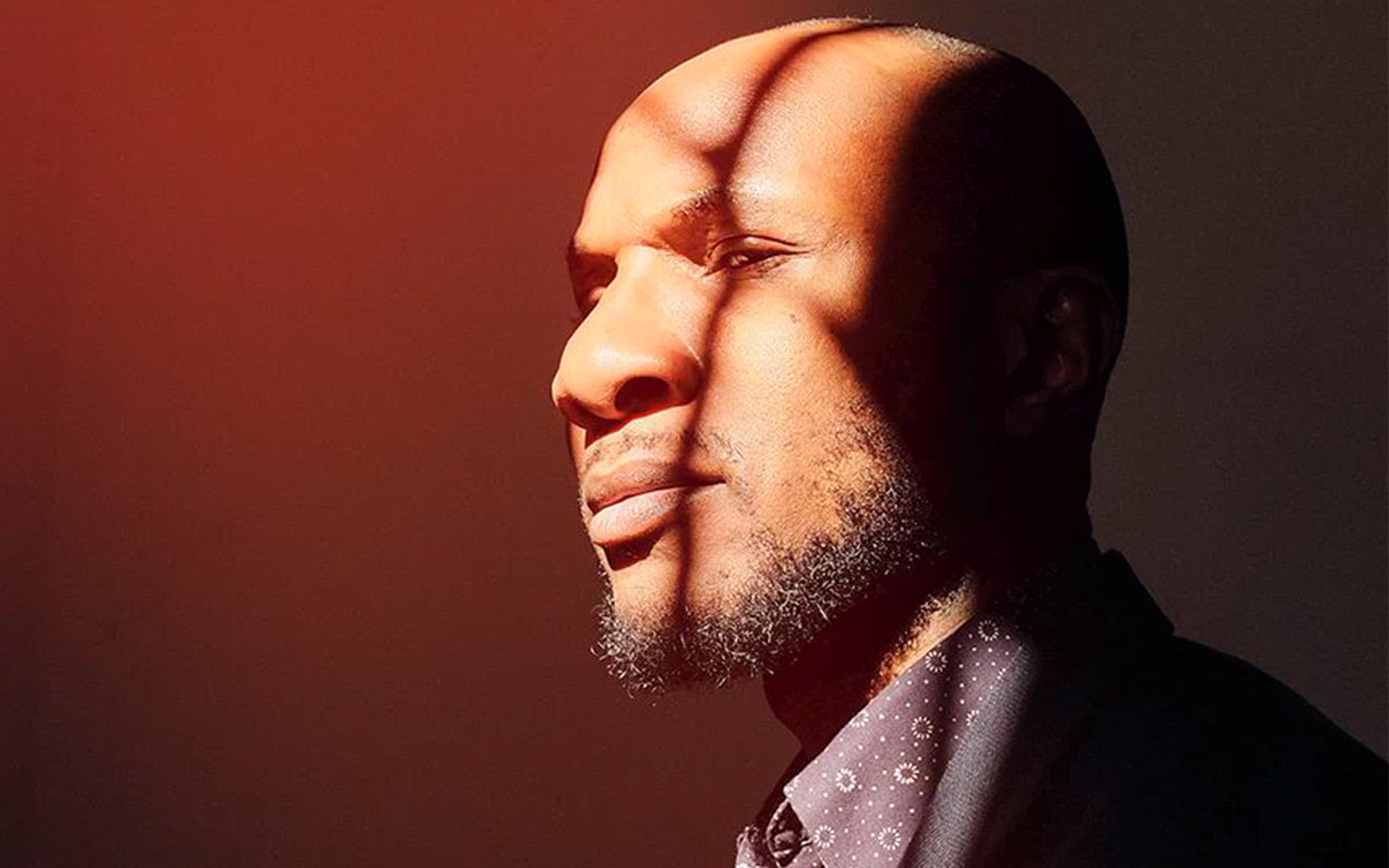A defense of art in troubled times
Disaster is here, writes Teju Cole in the Art Basel | Year 48 book, but productive doubt offers a glimmer of hope

Component not found for QTS CMS module.
Either mapping is wrong or this module has no Frontend component yet.
Either mapping is wrong or this module has no Frontend component yet.
Component not found for QTS CMS module.
Either mapping is wrong or this module has no Frontend component yet.
Either mapping is wrong or this module has no Frontend component yet.
Component not found for QTS CMS module.
Either mapping is wrong or this module has no Frontend component yet.
Either mapping is wrong or this module has no Frontend component yet.